Introduction
With rapid urbanization and population growth, cities around the world are facing unprecedented challenges in managing municipal solid waste (MSW). From plastics and paper to food waste, glass, and metals, the heterogeneous composition of MSW makes effective sorting essential for recycling, energy recovery, and landfill reduction. Vibrating screens are playing a critical role in modern waste management facilities by separating materials into defined fractions, improving recycling efficiency, and supporting sustainability goals. This article explores the applications, benefits, and innovations of vibrating screens in MSW sorting.

The Challenge of Municipal Solid Waste Management
MSW consists of mixed household and commercial waste streams that require careful processing before recycling or disposal. Key challenges include:
- Heterogeneous Composition: MSW contains organic matter, plastics, glass, metals, textiles, and more.
- Contaminant Removal: Food waste and moisture often contaminate recyclable materials.
- High Volumes: Urban centers generate thousands of tons of MSW daily.
- Environmental Regulations: Strict standards demand improved recycling rates and reduced landfill reliance.
Vibrating screens address these challenges by efficiently classifying, separating, and preparing MSW for further processing.
Applications of Vibrating Screens in MSW Sorting
Pre-Sorting Stage
Vibrating screens are used early in MSW processing to remove oversized materials and fines, ensuring downstream equipment functions efficiently.
Size-Based Classification
Screens separate waste into fine, medium, and coarse fractions. Fine fractions typically contain organic matter for composting or anaerobic digestion, while coarse fractions may include recyclables like plastics and metals.
Organic Waste Separation
By screening food scraps and biodegradable waste, vibrating screens support the production of compost, biogas, or refuse-derived fuel (RDF).
Plastic and Paper Sorting
Mixed MSW often contains lightweight recyclables like plastics and paper. Vibrating screens classify them for further processing in optical or air separation systems.
Glass and Metal Recovery
Screens isolate glass shards and metal fragments, which can then be directed to specialized recovery systems such as eddy current separators or magnetic separators.

Benefits of Vibrating Screens in MSW Management
- Enhanced Sorting Efficiency – Accurate classification improves recovery rates of recyclables.
- Reduced Contamination – Clean fractions are easier to recycle or process into secondary products.
- Operational Reliability – Designed to handle high volumes of abrasive and sticky waste.
- Cost Savings – Improved sorting reduces landfill disposal costs and enhances revenue from recyclables.
- Environmental Impact – Supports circular economy practices by maximizing material recovery.
- Worker Safety – Automated screening minimizes manual handling of hazardous waste.
Choosing the Right Vibrating Screen for MSW Applications
- Screen Deck Design: Multi-deck screens allow simultaneous separation into different fractions.
- Mesh Size: Determines separation accuracy for fine organics or coarse recyclables.
- Durability: Must withstand abrasion, moisture, and heavy loads from mixed waste.
- Throughput Capacity: Essential for urban facilities processing large daily volumes.
- Mobility: Portable vibrating screens allow deployment to temporary or remote waste sites.
- Dust and Odor Control: Enclosed systems improve environmental compliance and working conditions.
Technological Innovations in Vibrating Screens for MSW
- Hybrid Power Options – Combining electric and diesel for energy-efficient operation.
- Ultrasonic Technology – Prevents screen blinding when handling sticky organics.
- Smart Monitoring Systems – Sensors track performance, predict maintenance, and optimize throughput.
- Integrated Separation Lines – Vibrating screens work alongside air classifiers, optical sorters, and magnetic systems for complete MSW sorting solutions.
- Noise Reduction Features – Ensure compliance with urban environmental standards.

Case Study: Vibrating Screens in an Urban MSW Facility
A metropolitan waste management center in North America integrated multi-deck vibrating screens into its sorting line. The system classified MSW into organics, plastics, glass, and metals. Organics were directed to anaerobic digestion for energy recovery, while plastics and metals were sold to recyclers. The facility achieved a 70% diversion rate from landfills, reducing disposal costs and significantly cutting greenhouse gas emissions.
Future Outlook: Vibrating Screens and Smart Waste Cities
As cities move toward smart waste management, vibrating screens will play an even larger role in:
- Increasing recycling rates to meet zero-waste goals.
- Supporting waste-to-energy facilities by providing clean RDF feedstock.
- Enabling integration with AI-driven robotic sorting systems.
- Reducing urban carbon footprints by optimizing resource recovery.
Conclusion
Municipal solid waste management is one of the greatest environmental challenges facing modern cities. Vibrating screens are at the forefront of solving this issue by providing efficient, reliable, and scalable solutions for MSW sorting. By separating organics, plastics, metals, glass, and other fractions, vibrating screens not only reduce landfill dependence but also support circular economy practices.
For municipalities and recycling companies, investing in advanced vibrating screen technology is essential for meeting environmental targets, reducing costs, and building cleaner, smarter, and more sustainable cities.
